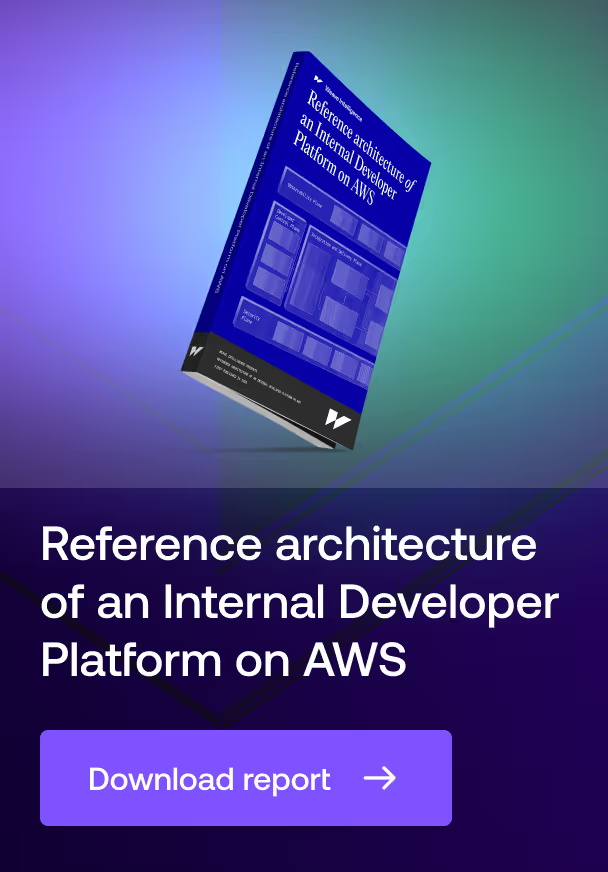Profile
Cloudflare is a global edge computing platform that provides content delivery, security, and developer services through a unified network infrastructure. Operating one of the world's largest distributed networks, it serves as a critical intermediary between users and web services, processing millions of requests per second. The platform combines enterprise-grade security, performance optimization, and development capabilities, making advanced infrastructure accessible to organizations of all sizes. Its edge network architecture places compute resources within milliseconds of most Internet users worldwide, enabling both performance acceleration and security filtering at global scale.
Focus
Cloudflare addresses fundamental challenges in web infrastructure by solving the inherent conflict between performance, security, and reliability. The platform eliminates the need for organizations to build and maintain complex global infrastructure by providing an integrated edge network that handles content delivery, DDoS protection, load balancing, and compute functions. Core use cases include accelerating web applications, protecting against cyber threats, enabling serverless computing, and modernizing corporate networks. The solution serves technical practitioners across organization sizes, from individual developers to enterprise platform teams, focusing on reducing complexity while maintaining control and visibility.
Background
Cloudflare emerged from Project Honey Pot, a 2004 initiative tracking email spam sources. Founders Matthew Prince and Lee Holloway evolved this into a comprehensive security platform when joined by Michelle Zatlyn in 2009. The company transformed from tracking threats to actively preventing them, launching publicly in 2010 with innovative performance improvements alongside security capabilities. Now publicly traded, Cloudflare maintains a hybrid business model combining proprietary services with open source components, including the Workers runtime (workerd) and various development tools. The platform's architecture and governance reflect its origin story's emphasis on building a better Internet through accessible infrastructure.
Main features
Global edge network for content delivery and security
Cloudflare's distributed network architecture places data centers at strategic Internet exchange points worldwide, creating a unified platform for content delivery and security services. Each location runs the full Cloudflare stack, enabling local processing of security rules, caching of content, and execution of edge functions. The network automatically routes traffic through optimal paths, implements DDoS protection near attack sources, and caches content close to users. This architecture enables both performance optimization and security filtering without adding latency, while the distributed nature provides natural redundancy against failures.
Zero Trust security and network modernization
The platform provides comprehensive Zero Trust security through Cloudflare One, replacing traditional network perimeters with cloud-native controls. The architecture enables granular access management for applications and resources without requiring legacy VPN infrastructure. Organizations can implement least-privilege access policies, protect against threats like phishing and malware, and secure both traditional and cloud-native workloads. The system integrates with existing identity providers and supports various authentication methods while maintaining performance through the global edge network.
Serverless computing with Workers
Cloudflare Workers provides a serverless computing platform built on V8 isolates rather than traditional containers, enabling near-instantaneous cold starts and consistent performance. The architecture allows developers to deploy code globally without managing infrastructure, supporting multiple languages including JavaScript, TypeScript, and Rust. Workers integrates with other Cloudflare services through bindings, providing access to storage (KV, R2, D1), queues, and AI capabilities. The platform includes sophisticated deployment controls and monitoring capabilities while maintaining developer workflow flexibility.





